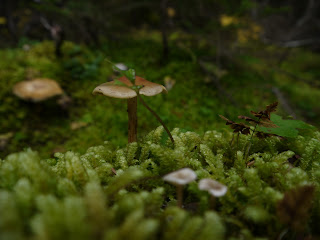iPhone 7 1/25 sec f/1.8 iso 40
iPhone 7 1/1000 sec f/1.8 iso 25
I tried correcting for the overexposure from the sun but it was too much and edits were unsuccessful
iPhone 7 1/710 sec f/1.8 iso 20
Panasonic DMC-GF3 unknown information
lightroom didnt have any camera information for this image
iPhone 7 1/3500 f/1.8 iso 20
iPhone 7 1/1400 sec f/1.8 iso 20
iPhone 7 1/19000 sec f/1.8 iso 25
iPhone 7 1/5 sec f/1.8 iso 80
iPhone 7 1/20 sec f/1.8 iso 32
iPhone 7 1/15 sec f/1.8 iso 40
iPhone 7 1/1700 sec f/1.8 iso 20
iPhone 7 1/3000 sec f/1.8 iso 20
iPhone 7 1/1400 sec f/1.8 iso 20
iPhone 7 1/430 sec f/1.8 iso 20
iPhone 7 1/520 sec f/1.8 iso 20
Panasonic DMC-GF3 22mm 1/250 sec f/8.0 iso 160
Horrendous rainbow, but I tried.
Panasonic DMC-GF3 14mm 1/320 sec f/7.1 iso 160
Panasonic DMC-GF3 14mm 1/2 sec f/22.0 iso 1600
Panasonic DMC-GF3 14mm 60 sec f/3.5 iso 1600
Panasonic DMC-GF3 14mm 60 sec f/3.5 iso 1600
Panasonic DMC-GF3 14mm 60 sec f/3.8 iso 1600
Panasonic DMC-GF3 14mm 1/100 sec f/16.0 iso 6400
Panasonic DMC-GF3 14mm 1/125 sec f/16.0 iso 6400
this shot sucks because my ISO was so high, these woods were dark and I didn't have enough time to sit and fiddle with my camera settings.
Panasonic DMC-GF3 14mm 1/100 sec f/14.0 iso 6400
grainy due to high ISO and low light.
Panasonic DMC-GF3 14mm 1/160 sec f/4.5 iso 160



































